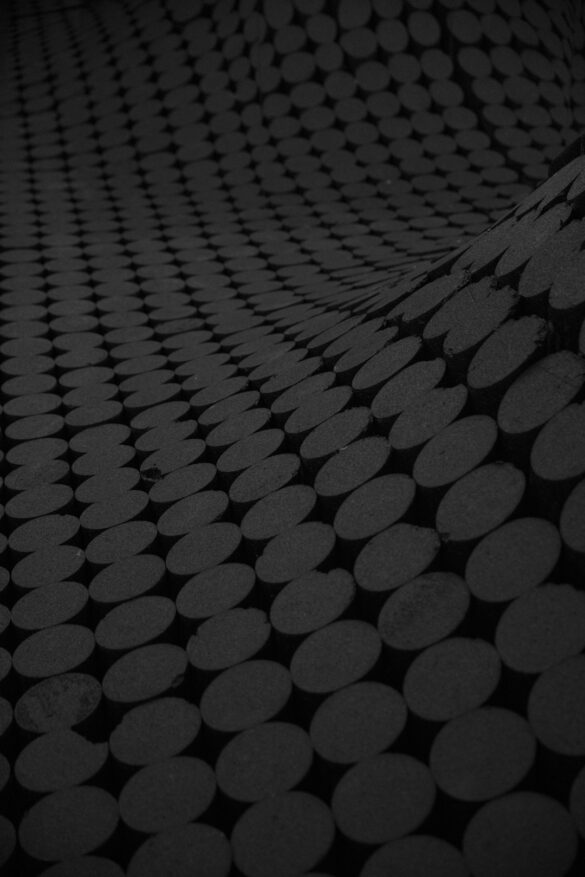The design process is a complex and often misunderstood journey that involves multiple stages, from the initial spark of an idea to its final execution. Many people see design as a purely creative endeavor, but in reality, it is a highly strategic and systematic process that requires careful planning and execution.
The first stage of the design process is ideation, where designers collect inspiration, brainstorm ideas, and define the problem they are trying to solve. This stage is crucial because it sets the foundation for the entire design process. During ideation, designers often engage in activities such as mood boards, sketching, and mind mapping to generate a wide range of ideas and concepts.
Once the ideation stage is complete, designers move on to the next stage, which is conceptualization. This is where they refine their ideas and concepts, develop a clear vision for the project, and determine the core elements that will guide the design process. During this stage, designers often create wireframes, mockups, and prototypes to test and refine their ideas before moving on to the execution phase.
The execution phase is where the design really comes to life. This is where designers translate their ideas and concepts into tangible assets, such as logos, websites, or products. This stage often involves collaborating with other team members, such as developers, copywriters, and marketers, to bring the design to fruition. Designers may also conduct user testing and gather feedback to ensure that the design meets the needs of the target audience.
Throughout the design process, designers must be adaptable and open to feedback. Design is a collaborative process, and designers must be willing to listen to and incorporate feedback from clients, stakeholders, and users. This feedback helps designers refine their ideas and create designs that are both visually appealing and functional.
Deconstructing the design process reveals that design is not just a creative endeavor but also a strategic and systematic process. By following a structured approach that includes ideation, conceptualization, and execution, designers can create designs that are not only visually appealing but also effective in solving problems and meeting the needs of the target audience.
In conclusion, deconstructing the design process from ideation to execution reveals the complex and strategic nature of design. By following a structured approach and being open to feedback, designers can create designs that are both visually appealing and effective in solving problems. Design is not just about creativity; it is also about careful planning and execution to achieve results that resonate with the audience.
